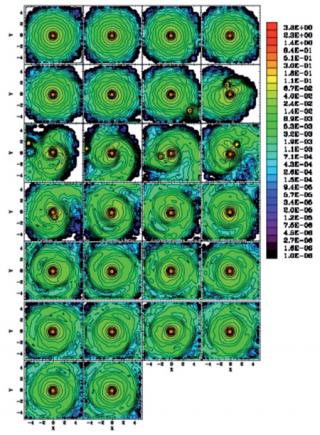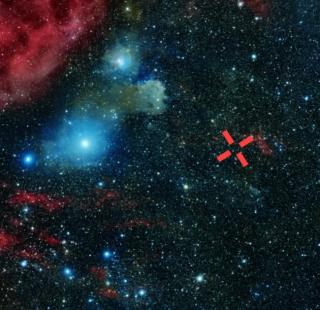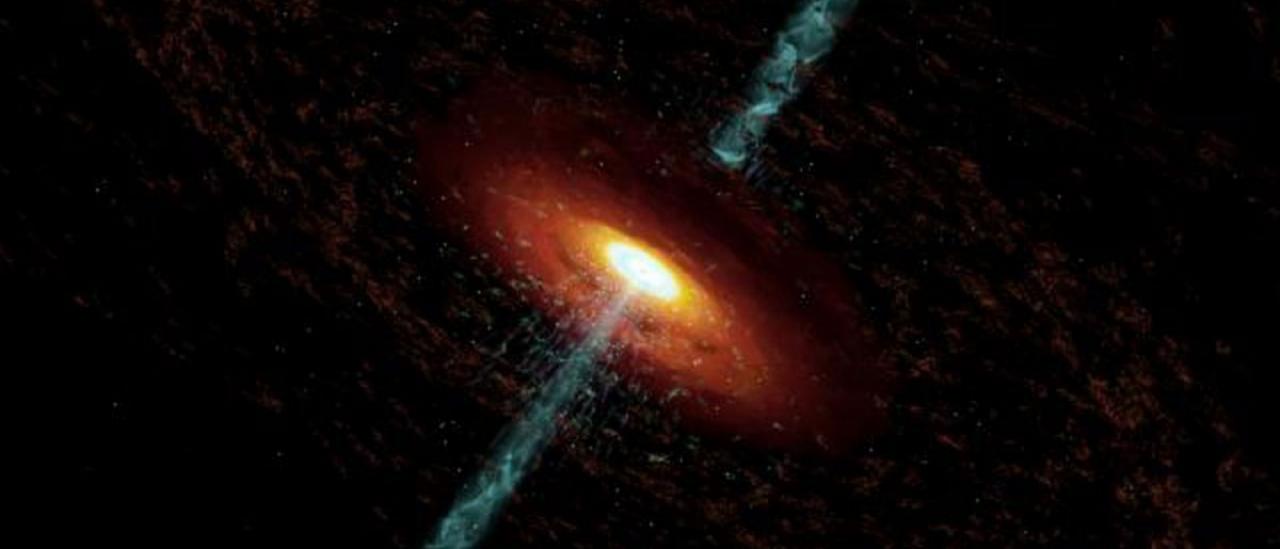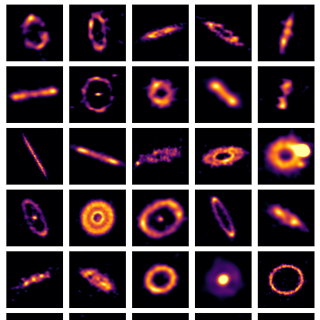An international team of scientists has obtained the first unequivocal detection of a very high speed jet of matter emitted by a galaxy in the process of merging with another. The flux of particles and radiation, which is emitted by the supermassive black hole in the centre of the galaxy and which is observed face on, shows that it is a precursor structure to the formation of a blazar, one of the most energetic objects known. This discovery was made by combining observations from several telescopes, among them the Gran Telescopio Canarias and the William Herschel Telescope at the Roque de los Muchachos Observatory (Garafía, La Palma).
A blazar is a particular type of active galactic nucleus with a central supermassive black hole which emits a jet, a flux of highly energetic particles and radiation, moving almost at the velocity of light, one of the most violent phenomena in the universe. Now an international team of researchers has observed the birth of one of these objects, formed by the merger of two galaxies.
“Active galaxies which have jets are usually big, old elliptical galaxies which, according to the models, are formed by the merger of two or more smaller galaxies, so that we think that these mergers are the cause of the activation of the jets” says Rubén García-Benito, a researcher at the Instituto de Astrofísica de Andalucía (IAA-CSIC), who has participated in the discovery. “ A collision is a very efficient way to make large masses of gas fall to the centre of a galaxy, which feeds the supermassive black hole and can produce the emergence of the jet”.

The group of researchers has found, for the first time, a pair of young spiral galaxies in process of merging, which each shows a supermassive black hole at its centre. The more massive of the two shows a very young jet, with an estimated age less than 15,000 years, whose existence can be attributed to the interacton between the galaxies, which started at least 500 million years ago.
In scientific terminology these young spiral galaxies containing jets are called Narrow Line Seyfert 1 gamma ray emitter galaxies (g-NLSy1).”We are seeing the jet face-on” explains Enrique Pérez Jiménez, a researcher at the IAA-CSIC and a co-author of the study, “ so that we have found the precursor of a blazar. As an anlogy we could say that if a blazar is an adult, a g-NLXSy1 is a child".
Large telescopes, extraordinary results
In general blazars are so bright that they ocult the galaxies which host them, so that studying their environment is difficult. However the jet in this g-NLSy1 galaxy is less energetic, which has permitted the study of the gas and the stars of the host galaxy, very valuable information to trace the origin of the jet. Of all the g-NLSy1 known, some 15 up to now, over 70% show characteristics similar to those expected for a collision of galaxies, so that this discovery offers proof of the connection between these two events, and the crucial role that galaxy mergers may play in the life cycle of a galaxy.
The team obtained the image and the spectra using several of the largest ground-based telescopes in the world, such as the Gran Telescopio Canarias (GTC) often known as Grantecan (10.4m) and the William Herschel Telescope (4.2m) both at the Roque de los Muchachos Observatory in La Palma, as well as the optical/infrared Subaru telescope (8.2 metres) on Hawaii, and NASA’s Chandra X-ray satellite observatory. "This type of studies shows the importance of the use of complementary instruments on Grantecan, such as OSIRIS and MEGARA for a better understanding of the physical phenomena in the universe” adds Antonio Cabrera Lavers, Head of Science Operations at the GTC.
The Observatories of the Instituto de Astrofísica de Canarias (IAC) are part of the network of Singular Scientific and Technical Instructures (ICTS) of Spain.
Artícle: Vaidehi S. Paliya et al. “TXS 2116−077: A Gamma-Ray Emitting Relativistic Jet Hosted in a Galaxy Merger”, The Astrophysical Journal, April 2020. DOI: 10.3847/1538-4357/ab754f
Contact at GTC:
Antonio Cabrera, head of science operations: antonio.cabrera [at] gtc.iac.es (antonio[dot]cabrera[at]gtc[dot]iac[dot]es)







